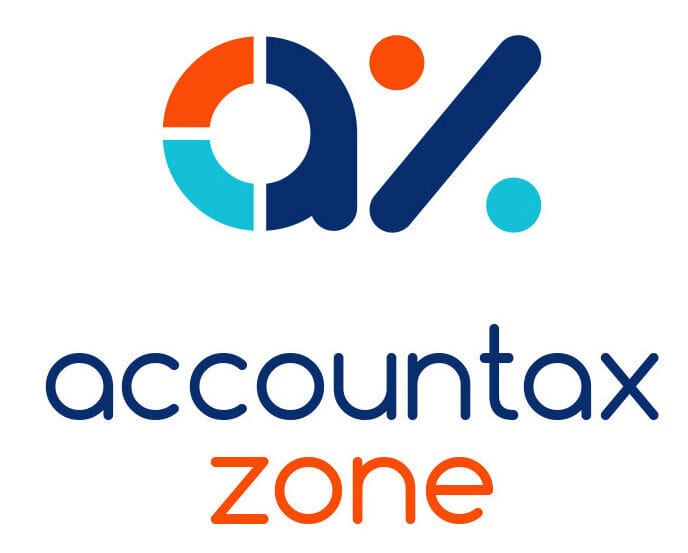Many employees are required to wear a uniform or particular type of clothing whilst at work. Even where there is no set uniform, many have clothes that they wear only to work and regard as ‘work clothes’ they would not otherwise wear. Tax relief is available, but only for the cost of cleaning, repairing or replacing where the employee pays the cost themselves and does not receive reimbursement from the employer.
The cost of the initial purchase of ordinary clothing cannot be claimed because a tax deduction is only available for employment expenses under the ‘wholly, exclusively and necessarily incurred in the performance of the duties of the employment’ rule. As such, general clothing, even if worn at work, is not eligible unless it is clearly distinctive or protective. For example, the criteria would not be met should the company require an employee to wear a suit or tie at work, but would be met if the clothing was a lab coat for scientists as that would be necessary for the performance of their work duties.
Should an employee be able to claim, there are two methods available, either by claiming the actual cost incurred or by using the flat rate expenses method – the latter being the more straightforward calculation (do not confuse this scheme with the VAT flat rate scheme for businesses). If claiming under the actual cost rules, receipts must be retained as proof. In comparison, the flat rate method needs no receipt retention as the claim is a set amount.
HMRC’s Employment Income Manual sets out a table of permissible fixed rate deductions. The amount varies depending upon the industry and job role, from £1,022 a year for airline pilots to £60 a year for various categories of workers. For example, a joiner can claim £140. If an employee does not fit into a specific category, the allowance is £60 per year.
How to claim
There is no need to claim if the expense is already included in the tax code. If the claim is being made for the first time and a self assessment annual return is not submitted, a P87 form should be used. If a self assessment tax return is completed, the claim is made on page E1 of the return. On acceptance, the claim will be carried forward and included in subsequent notices of coding. Claims can be backdated for up to four tax years and in this instance HMRC will either adjust the PAYE code for the current year or provide a tax refund.
You may also like to read: Encouraging private investment into small and medium-sized companies
Employer-provided clothing
Some businesses provide work clothing and here we are looking to see whether the provision is caught by the benefit in kind rulessubject to income tax and NIC and reportable via form P11D by the company. Note that the tax year ending 5 April 2026 will be the last year employers will be required to file P11Ds, instead being required to report and collect income tax and Class 1A National Insurance on benefits through the payroll in real time.
Work clothing provided by an employer is only tax free if the clothing is necessary for the employee’s role and used solely for work purposes and, again, we are looking at such items as safety helmets, overalls and protective gear for construction workers. Uniforms that are clearly distinctive and cannot be worn outside of work are also not taxable including clothing with a permanent and visible logo of the employer (e.g. airline uniforms and branded retail staff uniform showing the logo of the business).
Practical point
Employers can enter into a PAYE Settlement Agreement with HMRC to simplify the reporting of minor, irregular or impracticable benefits, including clothing that might fall into these categories. This allows the employer to settle the tax and NICs on behalf of the employees.
Partner note: ITEPA 2003, s. 336, EIM 32450ff.










